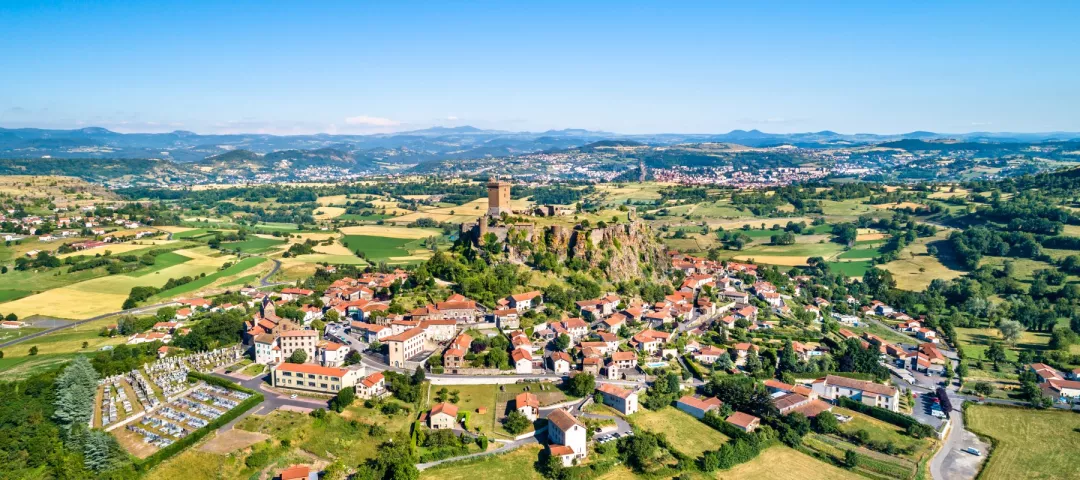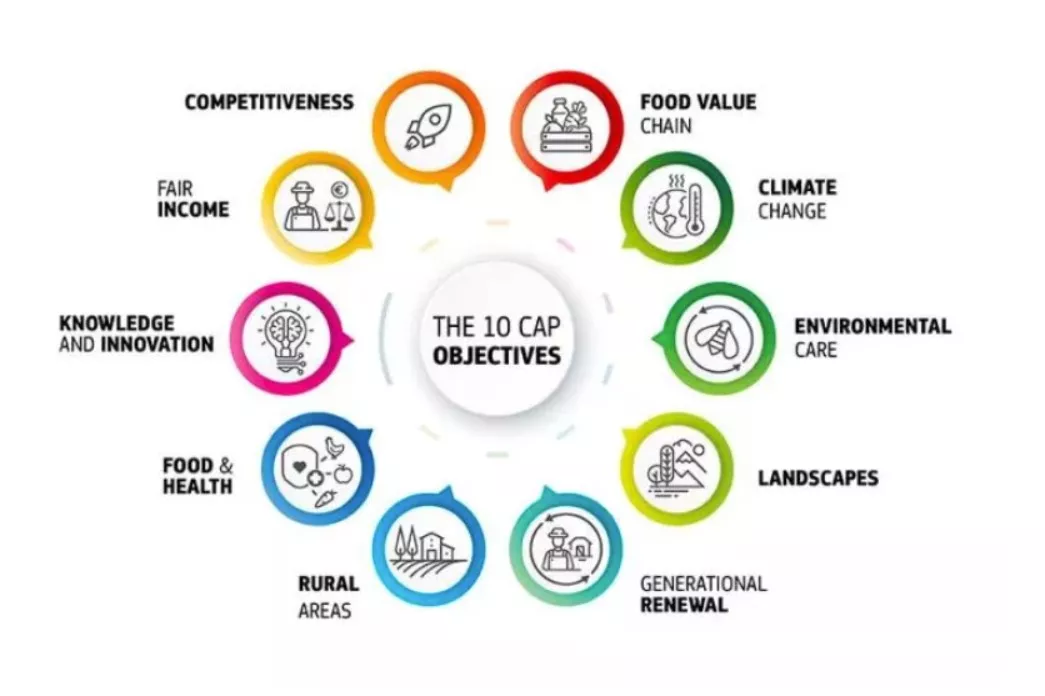LEADER success stories across the CAP
- CAP Implementation
- Agricultural Productivity
- CAP Strategic Plans
- Climate and Climate Change
- Cross-cutting Impacts
- Digitalisation
- Economic impacts
- Education
- Environment
- Environmental Impacts
- Food Supply Chain
- Green Deal Targets
- Jobs, Growth and Equality in Rural Areas
- LEADER
- Long-term Vision for Rural Areas
- Networking
- Rural Development
- Smart Villages
- Socio-economic Impacts
- Sustainability
- Tourism
LEADER can co-fund a variety of projects supporting many different CAP objectives and this article shows the scope of LEADER's rural development potential.

A key strength of LEADER is its ability to fund various projects across the breadth of the Common Agricultural Policy (CAP). Local Action Groups (LAGs), with the benefit of their broad and inclusive partnerships, play a crucial role in investing in both communities and businesses to achieve multiple goals.
The fact that LEADER is able to fund a variety of different projects, in the framework of Local Development Strategies (LDSs) based on the specific needs of their territories highlights how LEADER is more than just providing financial support. While LAG co-financing is an important element, LAGs’ ability to create partnerships and work together with local stakeholders in a bottom-up manner can ensure that projects are well suited to local needs.

LAGs can use LEADER's full approach to address a wide range of development needs and create new opportunities to strengthen rural communities. These opportunities are available to all countries (both Member States and others) where community-led local development (CLLD) is helping achieve economic, environmental and social objectives. This network of nearly 2 500 CAP-funded LAGs produces results across the key objectives the CAP supports.
Part of the role of the EU CAP Network is to help improve the way policy is implemented and one way this is done is by sharing examples of projects that have worked well in European countries.
These good examples can be used as inspiration for developing similar projects relevant to individual local circumstances. We have chosen a few examples from the EU CAP Network’s good practice database, which includes over 340 examples of LEADER case studies provided by the Member States. These help to demonstrate how LAG funding is different from other CAP funding.
Innovative rural development products: natural cosmetics from commercial bee businesses
A number of inventive products, which added value to numerous beekeeping businesses' agricultural products, have been promoted by LEADER in a Spanish project co-funded by the Association of Galician Beekeepers. The Association is a collective of private, professional bee farms that have focused on the modernisation of bee farms practising methods that respect the environment. A main aim is to position beekeeping as a useful opportunity for adding value within diversified rural economies.
The partnership approach brought a company specialising in production processes together with academic partners to help create a new line of cosmetics based on quality bee products. These draw on particularly high Galician honey mineral, vitamin and antioxidant content.
The outcome of this collaboration was increased financial income and overall viability of regional bee businesses. Average incomes for 20 beneficiaries rose by 10% and sales points had already numbered 100 when the case study was written in 2024. This was achieved with the support of only EUR 8 880 of CAP funds, demonstrating that small amounts of funding can create a big impact.
BELACOLMEA - Natural cosmetics to improve the viability of beekeeping farms
How digitalisation can drive rural tourism routes
Natural landscapes in northeastern Romania are a big draw for city dwellers looking for authentic tourist experiences closer to home. This project aimed to capitalise on the area’s natural beauty and cultural heritage while keeping tourist income in their rural area. The area-based approach of LEADER helped nine LEADER LAGs identify similar issues and this led to the idea of a cooperated project to create a tourism app, which they named QR4All. The app is designed to guide visitors around the area and, at the same time, support businesses along 40 different cycling routes. It is based on local knowledge and experience.
New technology, such as short videos, has been a very successful way of bringing the areas to life, demonstrating the culture and promoting local values. These have been brought together in a multimedia guide that provides a range of information, including the route’s details, surroundings and heritage. The videos use stories from local residents to bring the area to life, introduce their villages to tourists and share local tales, traditions, cuisine and traveller tips.
Throughout the journey of developing the project, it has been key to involve and enable the local community by bringing people together, using their creative spirits to add value to their local economies and ensure lasting impacts. Projects like this can help build community confidence for more ambitious local development opportunities.
Lulian-Emil Băsu, executive manager of Colinele Iaşilor LAG, explained: "The main objective of the project is to increase the visibility of the areas covered by LAGs through the use of new technologies, thus positively contributing to the touristic image and identity of each area and increasing the number of potential tourists."
QR4ALL LEADER project promotes rural tourism in Romania
Discovering how vegetables arrive on your plate
A Swedish LAG is helping school children learn where their food comes from by teaching them to appreciate the vital links between land, farming and food. A local education partnership in the Astrid Lindgrens Hembygd LAG area designed this LEADER project to help children better understand the journey of vegetables from the farm to their plate. The key was to do it in a fun and educational way and promote a sustainable way of living.
School staff also gained new insights about food farming on subjects such as soil preparation, the choice of crops, soil health, plant nutrition, preserving seeds for the next season and making use of the harvest. The themes and ideas within the LEADER project make it easily transferrable to other areas and there has been interest from other Swedish municipalities that would like to develop their own innovative local education projects.
Food awareness for kids
You can learn more about LEADER’s scope for encouraging and supporting bottom-up rural development from the EU CAP Network’s LEADER web pages.